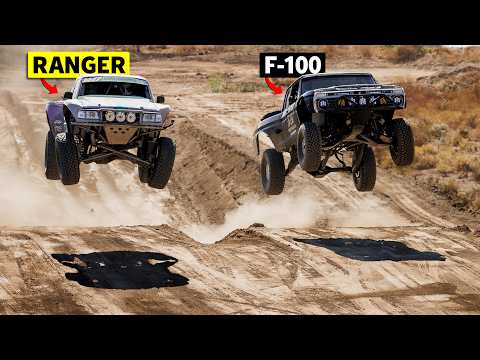Off-Road Vehicle Parts: Four Wheel Parts’ Legacy to Modern Innovations
Off-roading has always captivated adventurers and automotive enthusiasts eager to push their vehicles to the limit while traversing the rugged and untamed landscapes. Central to this exhilarating hobby is the necessity for specialized vehicle parts, which allow enthusiasts to modify their rides for optimal performance. The journey into off-road parts and the transformation of vehicles into powerful machines has a fascinating history, exemplified by companies like Four Wheel Parts.
The Beginnings of Four Wheel Parts
The story of Four Wheel Parts began in 1961 when George Adler joined Trans Amer Parts. George’s passion for off-roading and his entrepreneurial spirit led him to buy the company he worked for, investing $5,000—a significant sum at the time. By 1964, inspired by the discovery of an off-road parts catalog, he launched his own company, which today is known as Four Wheel Parts.
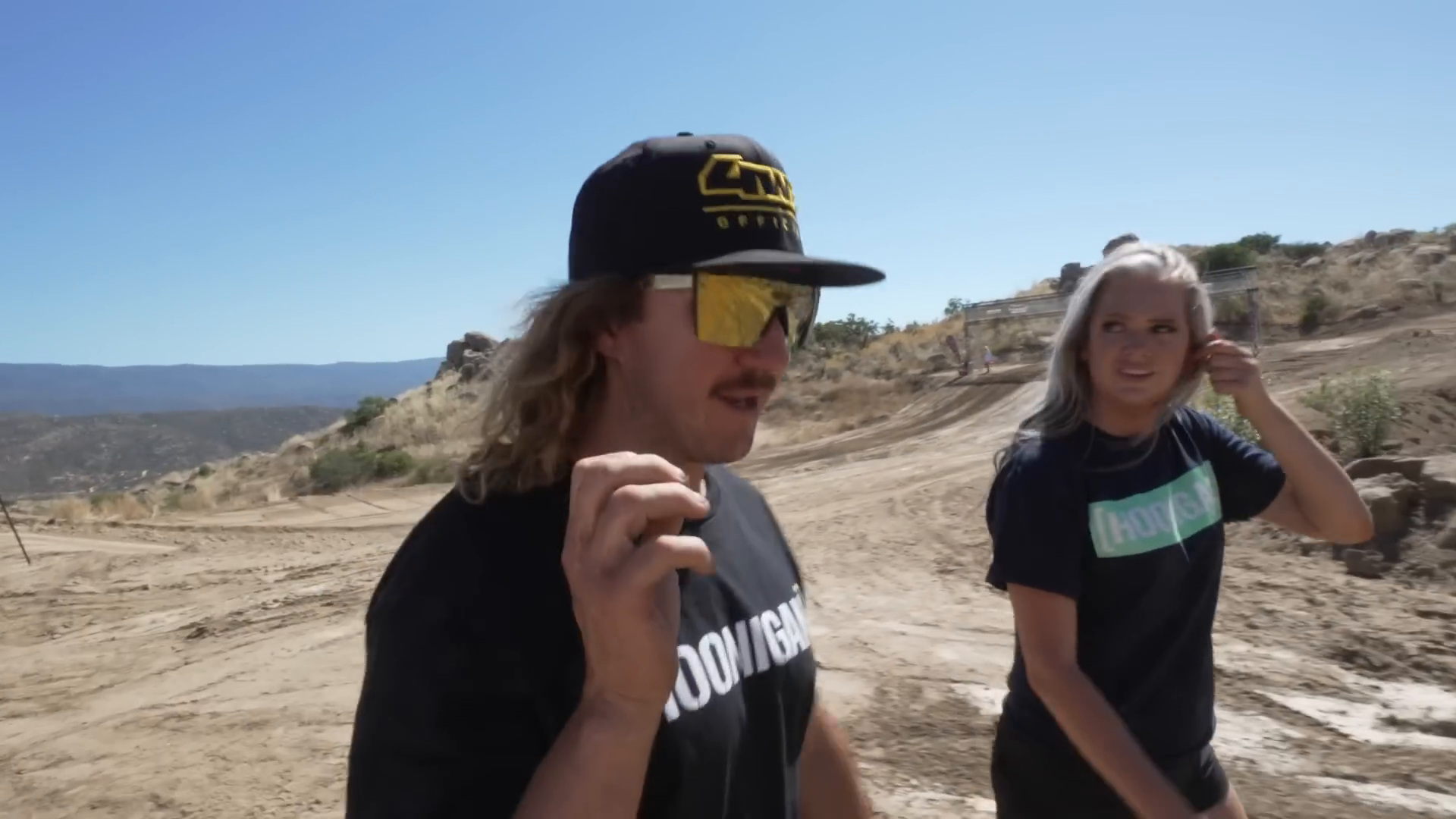
George’s vision for the company was clear. Initially, he opened two storefronts, and by 1980, this expanded to five locations. With time, the advent of the internet allowed Four Wheel Parts to reach a global audience, revolutionizing how off-road enthusiasts accessed essential vehicle parts with just a click. This strategic move not only expanded their customer base but also cemented their position as a leader in the off-road vehicle parts industry.
The Evolution of Off-Road Racing Vehicles
Darren Parsons’ Iconic Ranger
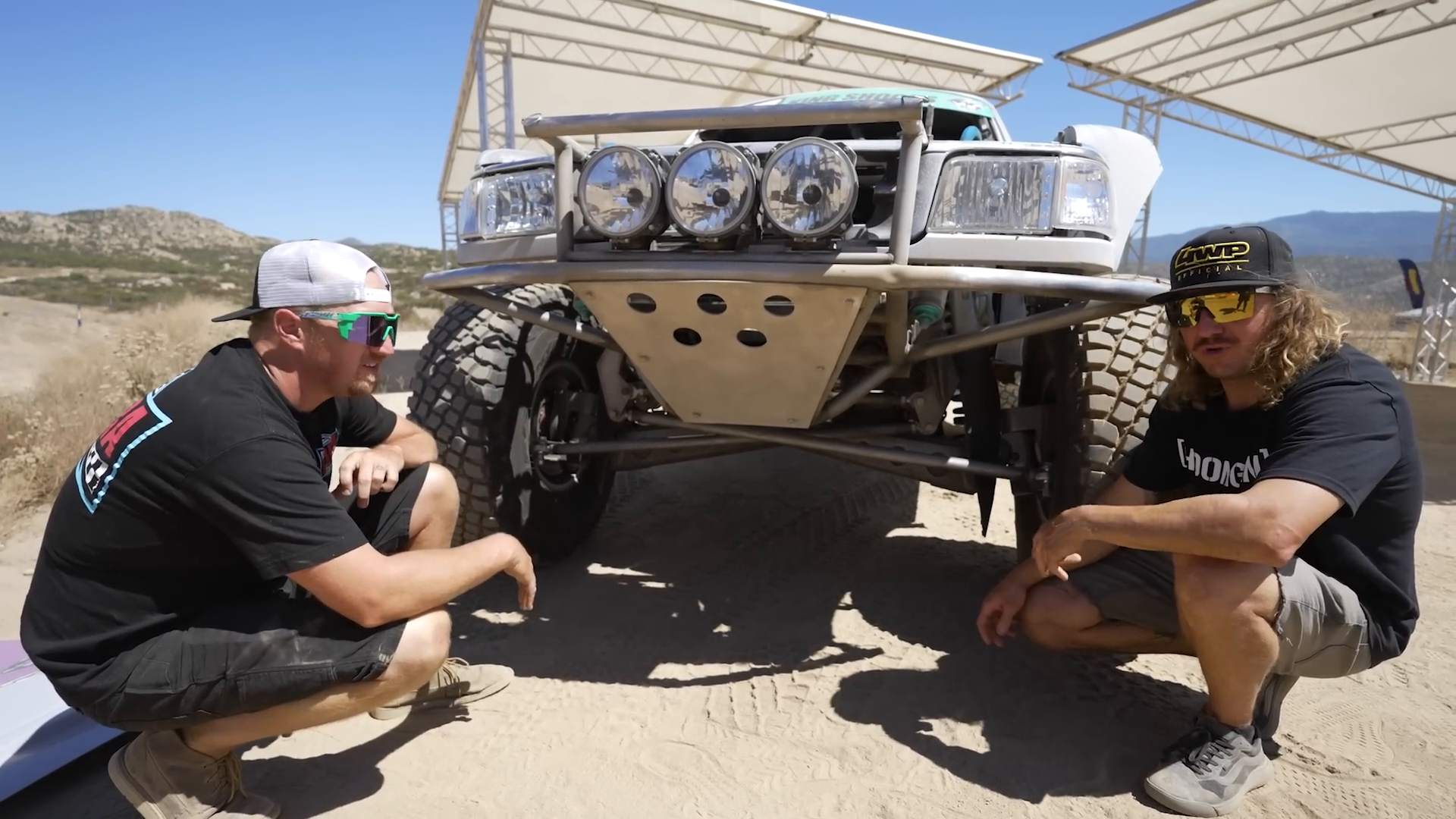
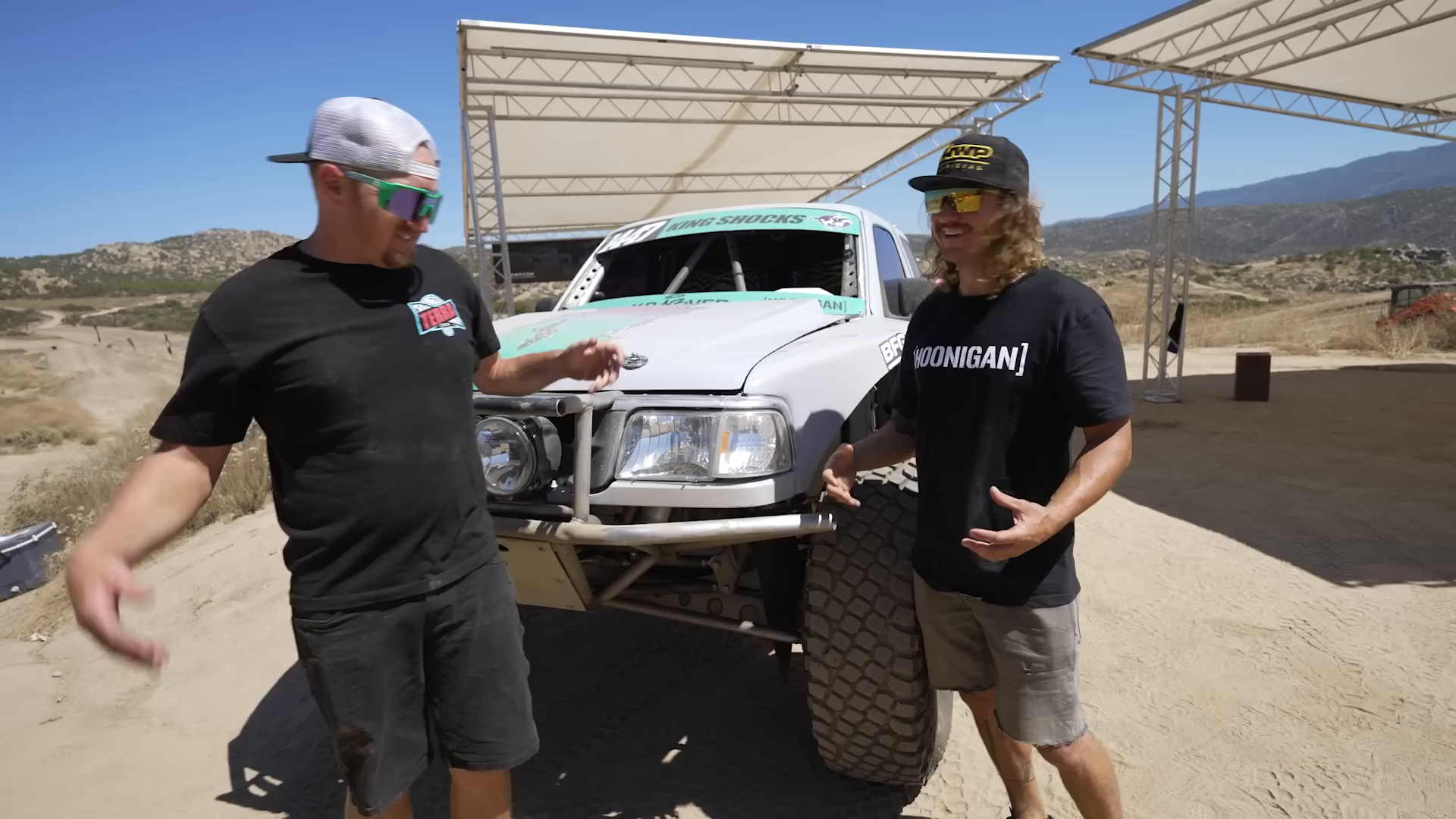
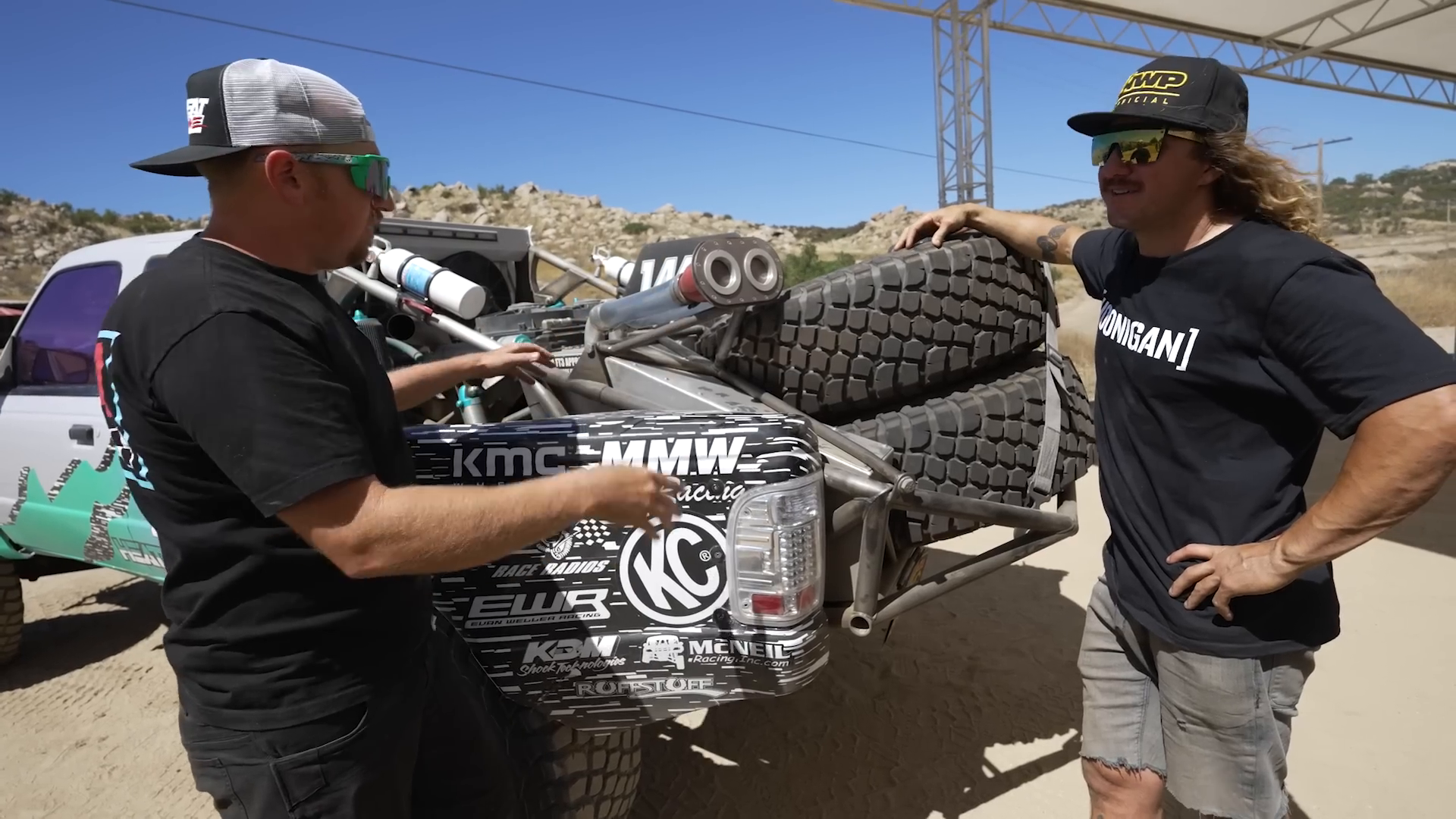
Darren Parsons’ journey with his iconic Ranger began 13 years ago when he sold his dirt bike and took out a $4,000 personal loan to purchase the chassis. His initial lack of technical skills did not deter him. Over time, he learned the intricacies of welding, tube bending, and vehicle modification. This dedication resulted in a vehicle that has achieved over 20 race wins and numerous championships.
The Ranger is powered by a fresh 427 engine from Texas Speed, outputting 424 horsepower to the rear wheels. It features a robust ibeam suspension setup, resistant to breakage thanks to its Kenworth-size knuckles and King bypass shocks. The vehicle’s rear is a marvel with its 95-gallon fuel cell and rear weight bias, essential for tackling desert terrains.
Eric Connor’s 1974 F100 Tundra
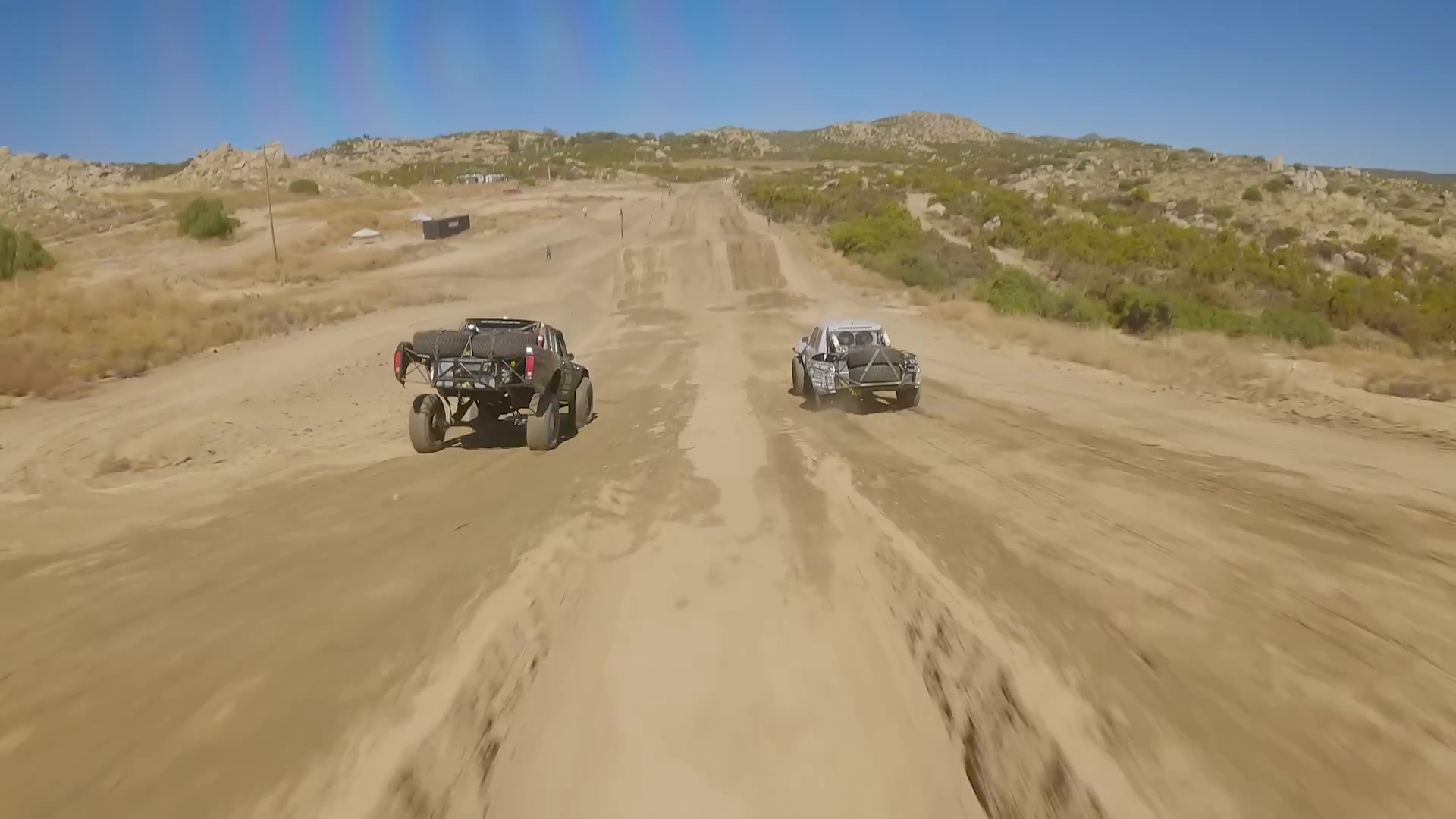
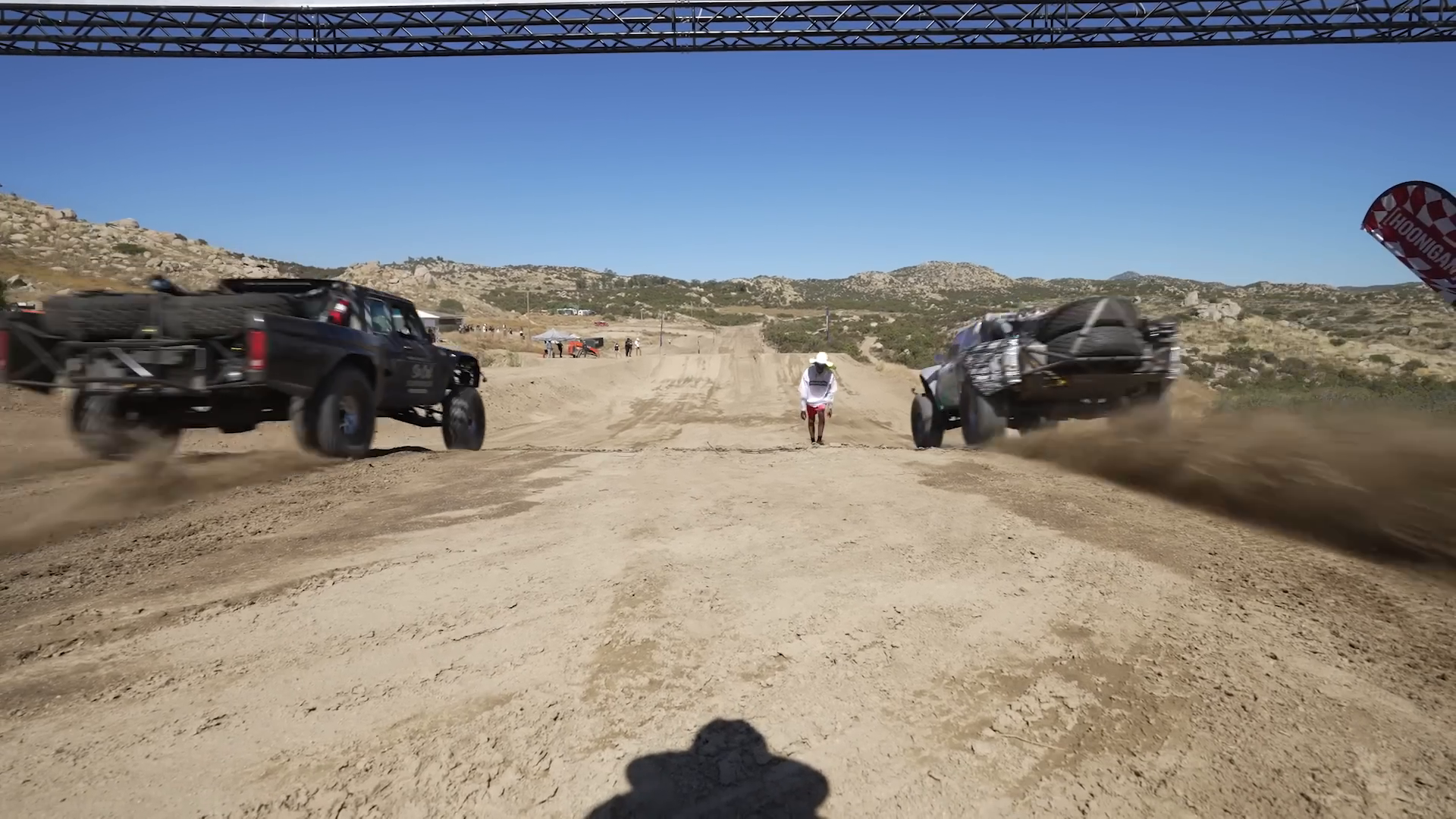
Eric Connor, a fellow off-road enthusiast from San Diego, introduced his meticulously crafted 1974 F100 Tundra. This vehicle’s unique design includes a 454 LSX engine positioned behind the firewall, allowing for 24 inches of front travel and optimal weight distribution. The vehicle’s suspension system includes a j-arm setup, contributing to its agile maneuverability in off-road settings.
With a 461 cubic inch displacement and an output of 750 horsepower at the crank, the F100 Tundra is a powerhouse on the track. It rides on KMC forged wheels and BFG tires, both standard choices among trophy truck drivers. The vehicle also features quick-release jacks and a 77-gallon fuel cell, ensuring it is well-prepared for rigorous racing events.
The Technical Aspect of Off-Road Vehicles
Building a competitive off-road vehicle is not just about power; it involves a deep understanding of weight distribution, suspension systems, and durability. Modifying vehicles for off-road performance requires comprehensive technical knowledge and an understanding of terrain dynamics. A critical aspect is the suspension system, which absorbs shocks and allows for smooth navigation over rugged surfaces. The choice between ibeam and a-arm suspensions often depends on the specific racing context and personal preference.
Another important consideration is the vehicle’s weight distribution. Ensuring the right balance can significantly affect a vehicle’s performance, particularly in desert racing where terrain varies greatly. Rear weight bias, as seen in Darren’s Ranger, is crucial for maintaining stability and control over sandy and uneven landscapes.
The Future of Off-Roading
Looking forward, the off-road scene is poised to integrate more advanced technology and engineering solutions. The use of data analytics, GPS systems, and real-time vehicle diagnostics will become increasingly common. These technologies will enable drivers to optimize their vehicles’ performance further and make informed decisions in real-time during races.
Furthermore, the off-road community continues to grow, with more enthusiasts joining the sport each year. This growth is paralleled by advancements in vehicle manufacturing, allowing for more accessible modifications and superior performance parts. The community’s spirit of innovation and camaraderie ensures that off-roading will remain an exciting and evolving activity for years to come.
In conclusion, off-roading represents more than just a hobby; it is a culture of innovation, resilience, and passion for performance. Companies like Four Wheel Parts have played a crucial role in supporting this culture by providing enthusiasts with the necessary tools and parts to pursue their off-road adventures. As technology advances, the possibilities for off-roading will only expand, giving rise to even more thrilling experiences on the dirt tracks.
Categorized in: Trucks
